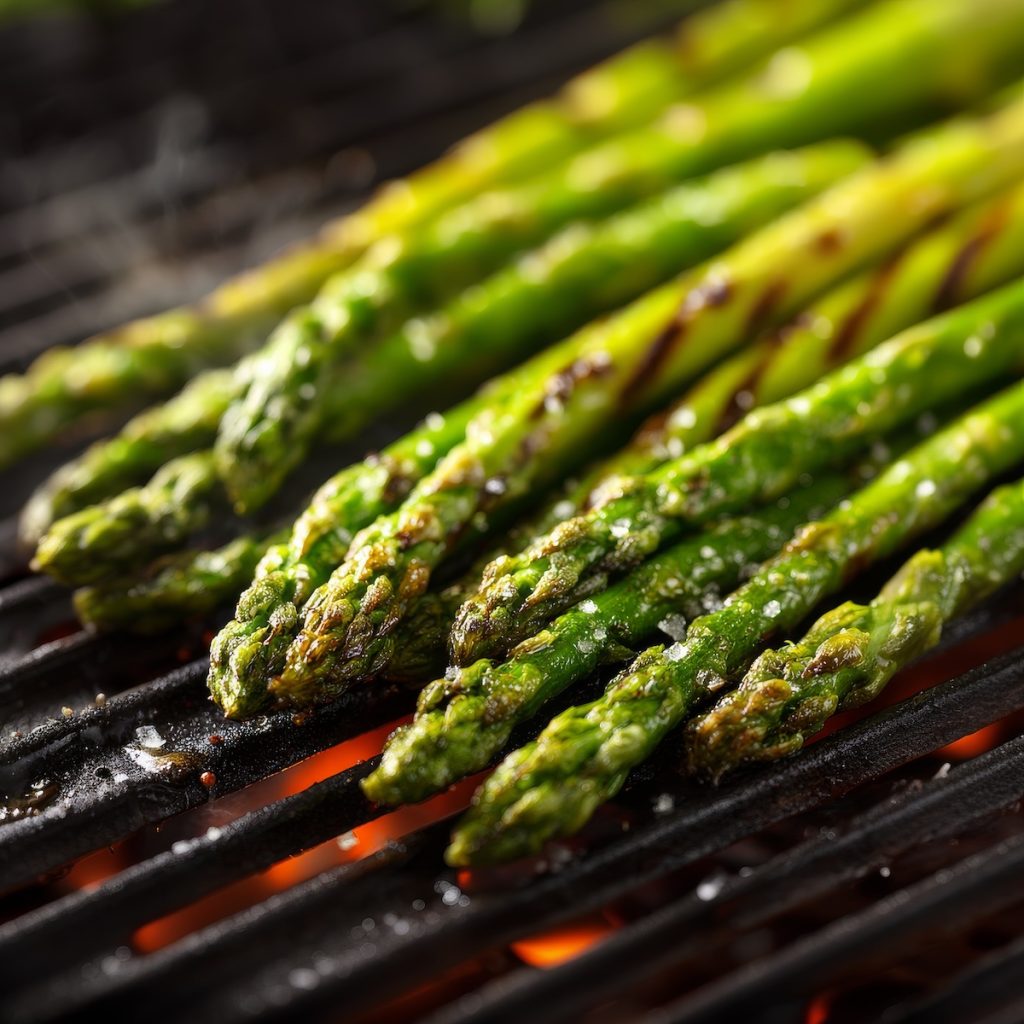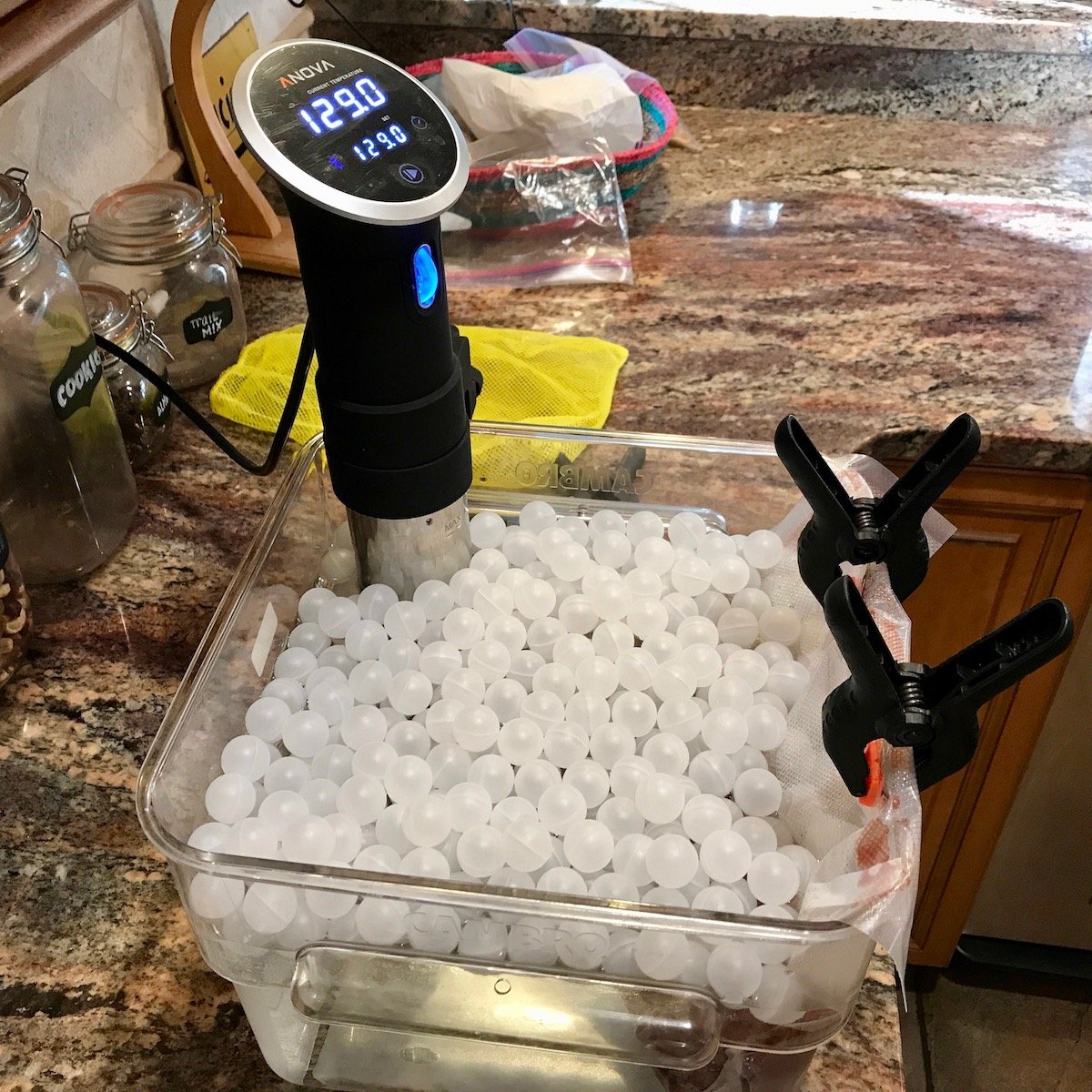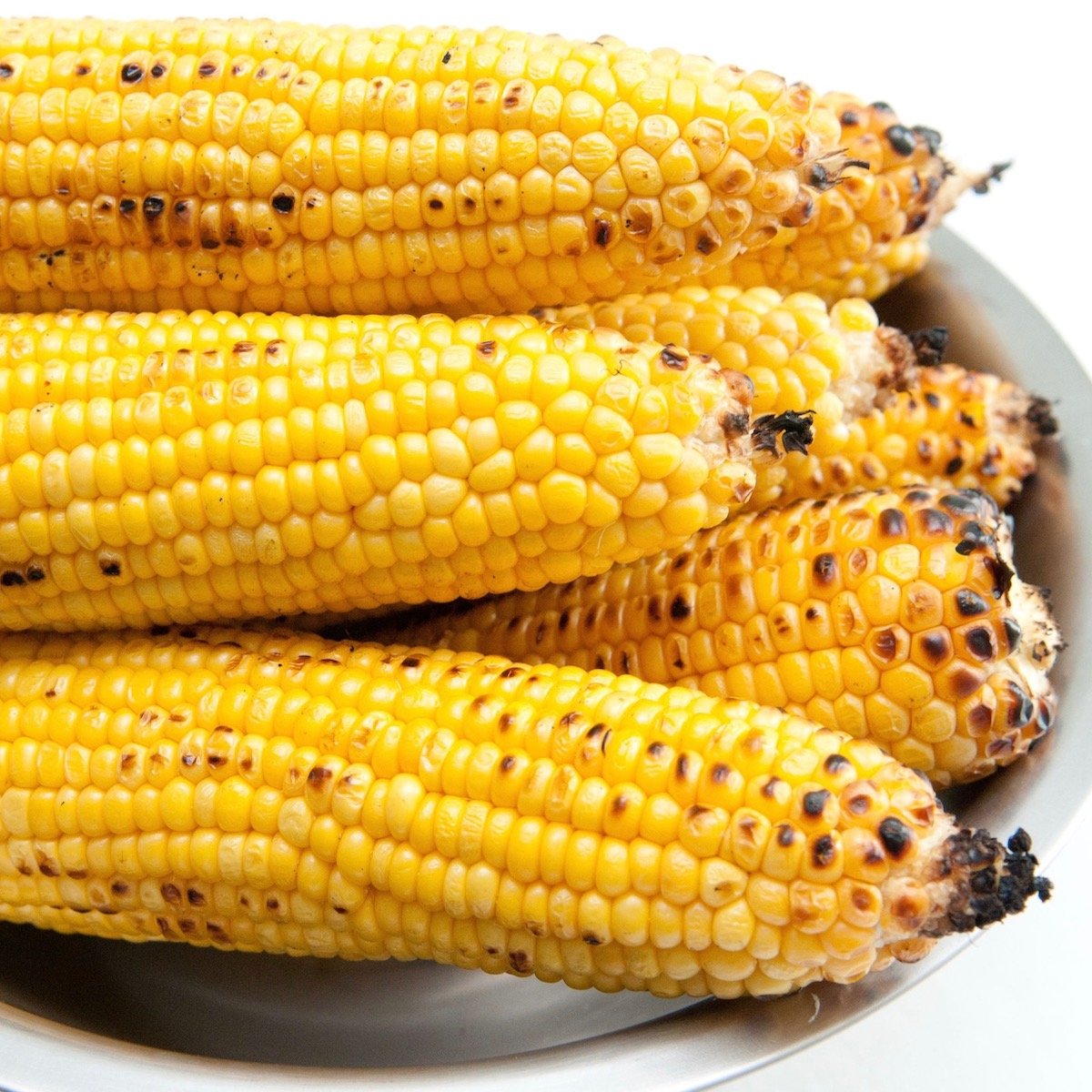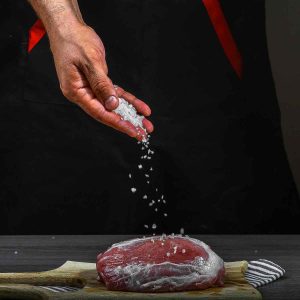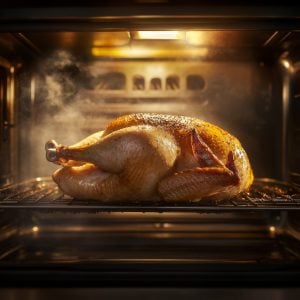The Best Techniques to Cook Asparagus — From Blanching to Grilling
Asparagus is one of those vegetables that can do it all—crisp and refreshing in spring salads, tender and smoky off the grill, or buttery and rich straight from the oven.
It’s versatile, fast-cooking, and packed with flavor, making it a favorite for weeknight dinners and special occasions alike. Whether you’re working with pencil-thin stalks or the thick, meaty variety, there’s a cooking method that brings out their best.
In this post, I’ll walk you through all the different ways you can cook asparagus—from steaming and roasting to sautéing, grilling, air frying, and even shaving it raw into salads. Each method brings out a different side of asparagus, allowing you to easily pair it with your main dish, the season, or your mood.
Want something crisp and clean? Try blanching. Craving a deep, nutty flavor? Roasting is your best bet.
No matter how you prepare it, asparagus is easy to work with and quick to cook, which makes it perfect for home cooks of any level. Read on and find your new favorite way to make this classic green shine. You might just end up making it every night of the week.
Ways to Cook Asparagus
| Technique | Description | Example Dishes | Time & Temp |
|---|---|---|---|
| Blanching | Boil briefly, then chill in ice water. Preserves color and texture. | Asparagus salad, pasta primavera | 1–2 minutes in boiling water |
| Steaming | Gently cooks with steam. Clean flavor, retains nutrients. | Asparagus with hollandaise, steamed veggie side | 3–5 minutes over simmering water |
| Sautéing | Quick pan-cook in oil or butter. Slight caramelization. | Garlic sautéed asparagus, stir-fries | 5–7 minutes over medium-high heat |
| Roasting | High heat brings rich, nutty flavor and crispy tips. | Roasted with Parmesan, sheet pan meals | 12–15 minutes at 400°F (200°C) |
| Grilling | Adds smoky flavor and char marks. Best after par-cooking thick stalks. | Grilled asparagus with lemon or balsamic glaze | 4–6 minutes over medium-high heat (turn often) |
| Air Frying | Quick, crisp, minimal oil. | Air-fried asparagus fries | 7–10 minutes at 375°F (190°C) |
| Boiling | Full cook in water; best for soups or purees. | Cream of asparagus soup | 3–5 minutes in boiling water |
| Microwaving | Fast and easy; wrap in damp towel. | Quick side dish | 2–4 minutes on high power |
| Raw/Shaved | Thin slices used in salads; crisp and fresh. | Shaved asparagus salad | No cooking required |
| Sous Vide | Precision water bath; perfect texture. | Sous vide asparagus with lemon or herb butter | 180°F (82°C) for 10–15 minutes |
| Wolf Convection Steam Oven | Uses heat + steam; gentle and even. | Steam-roasted asparagus | Steam mode at 200°F (93°C) for 3–5 minutes |
Helpful Cooking Tips for Asparagus
| Tip | Description | Why It Matters |
|---|---|---|
| Choose Fresh Asparagus | Look for firm stalks with tightly closed tips and a vibrant green color. | Fresh asparagus cooks more evenly and has better flavor and texture. |
| Trim the Woody Ends | Snap or cut off the tough, fibrous bottom inch or so of the stalks. | These ends are chewy and unpleasant to eat; removing them ensures tenderness. |
| Use Similar Sized Spears | Group and cook asparagus of similar thickness together. | This ensures even cooking—thin spears overcook faster than thick ones. |
| Blanch Before Roasting or Grilling | Boil for 1–2 minutes and plunge into ice water to set color and soften slightly. | Helps prevent burning and preserves a bright green appearance. |
| Roast at High Heat | Roast at 400–425°F for 10–15 minutes with olive oil and seasoning. | High heat caramelizes the exterior while keeping the interior tender. |
| Sauté Quickly | Cook in a hot pan with a bit of oil or butter for 5–7 minutes. | This method enhances flavor while keeping asparagus crisp-tender. |
| Steam Lightly | Steam spears for 4–6 minutes until just tender. | Preserves nutrients and a mild, clean flavor. |
| Grill with Oil and Seasoning | Toss with oil, salt, and pepper before grilling 2–3 minutes per side. | Gives a smoky char while keeping asparagus firm. |
| Avoid Overcooking | Remove from heat when bright green and slightly firm. | Overcooked asparagus becomes mushy and dull in color and flavor. |
| Finish with Acid or Cheese | Add lemon juice, vinegar, or shaved Parmesan after cooking. | Acid brightens flavor; cheese adds richness and depth. |
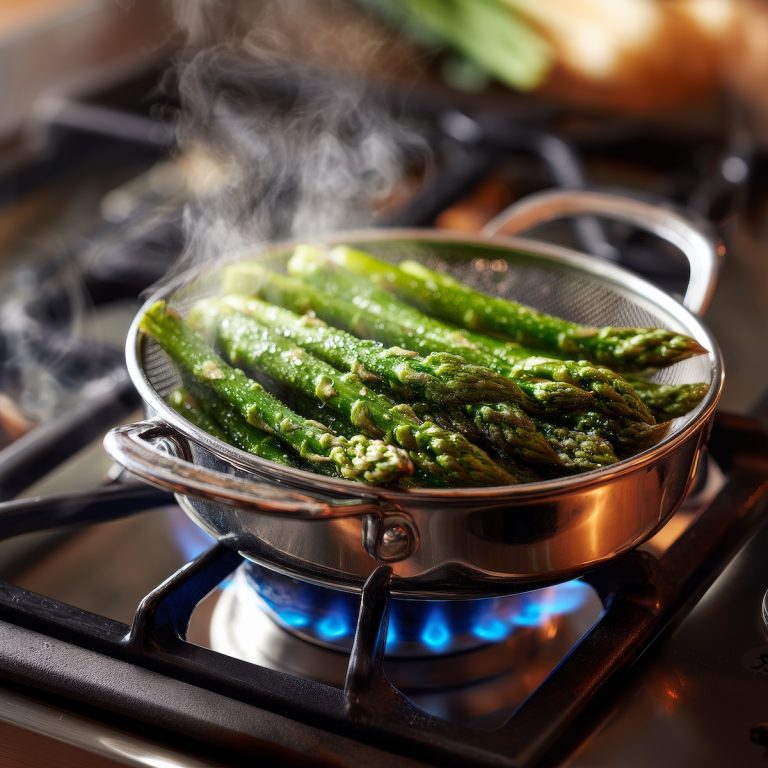
Precooking Asparagus Before the Grill
I like to precook asparagus before grilling because it helps ensure the stalks cook evenly and stay tender without burning or drying out. Asparagus stalks can vary in thickness, and grilling raw can sometimes lead to charred outsides while the inside remains tough or undercooked.
Precooking softens the asparagus just enough, so when you hit the grill, you get that perfect smoky flavor and char without sacrificing tenderness.
Blanching, boiling, or using your steam oven are all great ways to precook asparagus. Here’s how you can do each:
Blanching: Bring a pot of salted water to a boil. Add the asparagus and cook for 1-2 minutes until bright green and just tender. Immediately plunge the stalks into ice water to stop the cooking process and preserve their color. Drain well before grilling.
Boiling: Similar to blanching, but usually a bit longer—about 3-4 minutes, depending on the thickness. Make sure to drain and cool slightly before grilling.
Steam Oven: Set your Wolf Convection Steam Oven to steam mode at about 200°F (93°C). Steam the asparagus for 3-5 minutes until tender-crisp. This method preserves nutrients and flavor exceptionally well, keeping the spears moist before grilling.
After precooking, pat the asparagus dry, toss with oil and seasonings, then grill over medium-high heat for a few minutes to develop those delicious grill marks and smoky notes. This two-step method makes for perfectly cooked asparagus every time!

